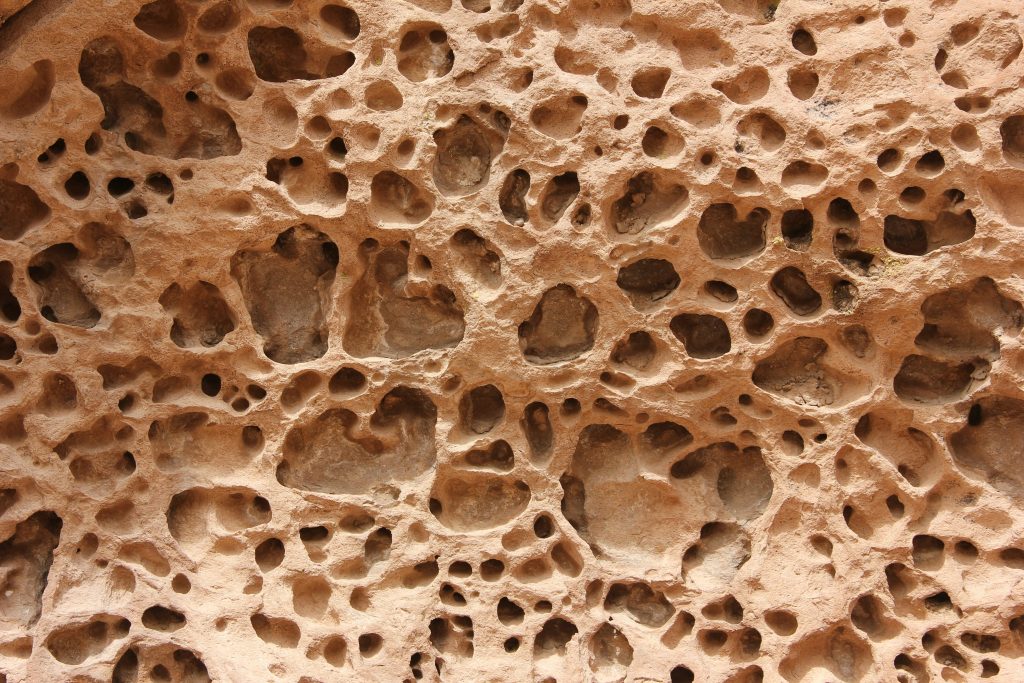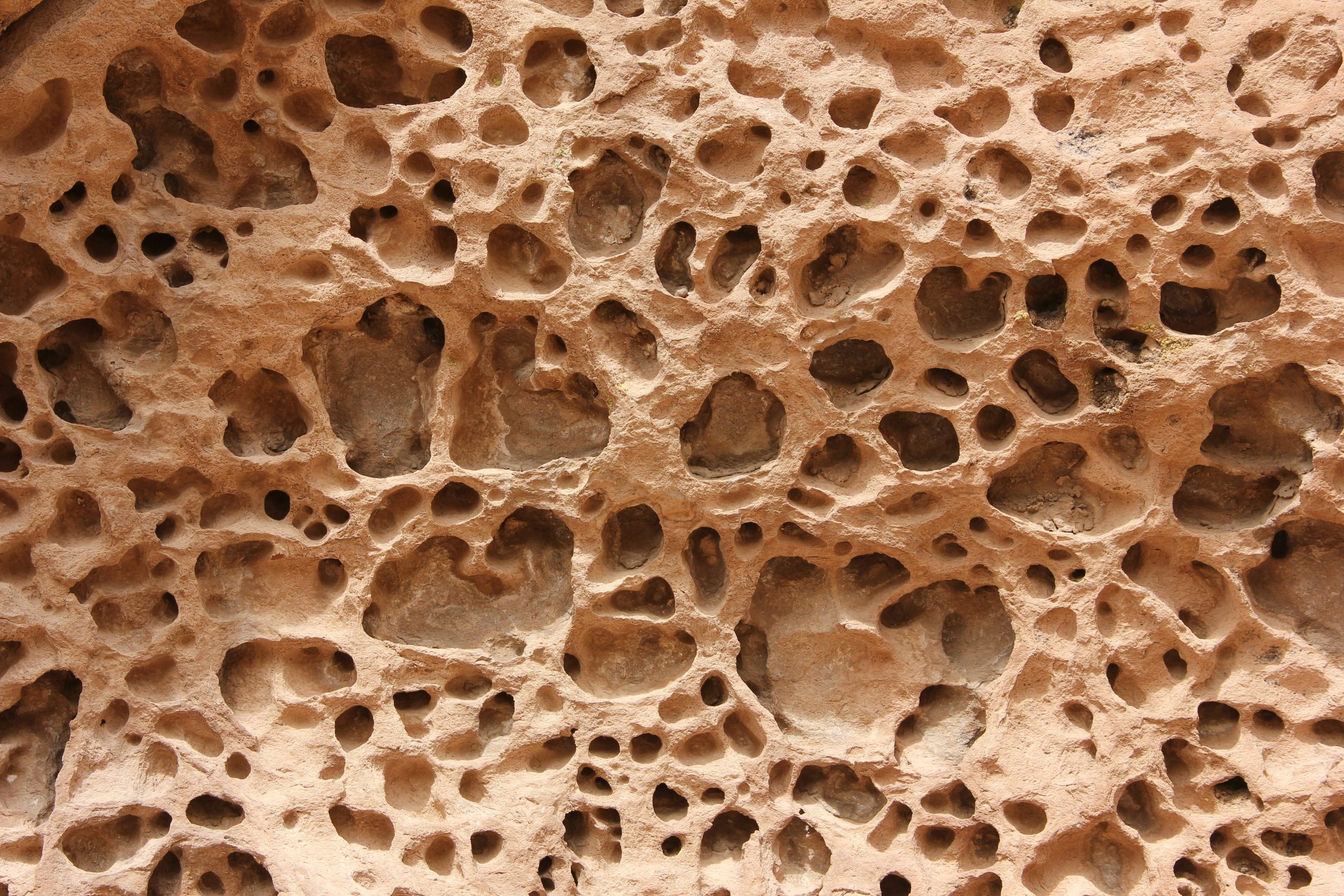When bone marrow meets breakthrough science, even a bone that’s slowly hollowing out can find new hope for healing.
That hollowing process is what happens in an aneurysmal bone cyst (ABC)—a rare but serious condition that can weaken bones, cause swelling and pain, and even lead to fractures.
So, what causes aneurysmal bone cysts? Doctors are still piecing it together. They aren’t caused by infection, and they aren’t inherited. Older theories suggested that abnormal blood flow inside a bone caused destructive pressure. Newer studies suggest that genetic changes, such as shifts in certain chromosomes, may be possible triggers.
Understandably, families also ask: Can aneurysmal bone cysts be cancerous? Thankfully, the answer is typically no. They are usually benign, meaning they don’t spread like cancer does. Still, they can act aggressively, damaging bone tissue and interrupting a child’s growth.
Most cases of aneurysmal bone cysts occur in children and teenagers, and because these bones are still developing, treatment options need to balance healing with protecting healthy growth.

Traditional Treatment Options
For decades, the main way to treat aneurysmal bone cysts has been through surgery. Doctors may scrape out the cyst (a procedure called curettage), fill it with bone graft, or, in some cases, remove the cyst entirely.
While often effective, surgery has its downsides:
- Risk of recurrence (the cyst coming back).
- Potential harm to growth plates in children.
- Longer recovery times and potential discomfort.
Of course, not treating them can also have a downside, as the bone can become weak and is at high risk for fracture.
These challenges have prompted researchers to look for safer, less invasive options.
A New Direction: Bone Marrow and Stem Cells
Recent research highlights an exciting alternative: using a patient’s own bone marrow, rich in mesenchymal stem cells (MSCs), to encourage natural bone healing. MSCs are special cells that can transform into bone, cartilage, or muscle, making them powerful tools for repair.
Two separate studies explored this approach, with very encouraging results.
Study One: Bone Marrow Injections in Children
An exciting study followed 16 young patients with aneurysmal bone cysts, ages 3 to 14. Instead of undergoing surgery, each child received bone marrow injections taken from their hip and delivered directly into the cyst cavity.1
The results were striking:
- Pain scores dropped significantly (from an average of 5.7 out of 10 to just 1.5).
- Healing happened in about 3–12 weeks on average.
- Kids were able to walk, move, and even play sports again.
- Throughout the years of follow-up, none of the cysts came back.
This study showed that bone marrow injections can work as a minimally invasive treatment that avoids the risks of open surgery.
Study Two: Bone Marrow Concentrate in a Larger Group
Another study looked at 46 patients treated with bone marrow concentrate (BMC), a refined form of marrow where the healing stem cells are concentrated before being injected.
Here’s what they found:
- Most patients healed after just one injection.
- A few needed a second treatment, and only one patient eventually required surgery.
- The average follow-up was almost three years, and the treatment proved to be safe, with no major complications reported.
This study also added to our understanding of what causes ABCs, noting that genetic changes might play a role in how aggressive these cysts become. Importantly, it reinforced that using stem-cell–rich bone marrow is not only safe but may provide lasting results.2
Why This Matters in Stem Cell Research
Both studies demonstrate the potential of using stem-cell–based therapies for aneurysmal bone cysts. The benefits are clear:
- Less invasive than surgery (just a needle injection).
- Faster recovery times.
- Lower recurrence rates compared to traditional methods.
- Potential to protect growth plates in children.
While more research is needed, these findings suggest that bone marrow therapies could transform how doctors treat this painful condition.
Science Is Always Evolving
So, what is an aneurysmal bone cyst? It’s a rare but typically benign condition that can weaken bones and cause pain, especially in kids and teens. Thanks to regenerative science, we appear to be moving toward safer, less invasive ways to treat it. Bone marrow and other stem-cell therapies are showing real benefits as minimally invasive alternatives.
This is what makes medicine so inspiring: it’s always growing, always learning, and always searching for better solutions. While bone marrow injections are still not yet approved for marketing claims, they have been demonstrated in these studies to be a less invasive first-line alternative to surgery for families facing this difficult diagnosis.
At ReCELLebrate, we celebrate advances like these because they highlight the best of what science has to offer: compassionate care paired with cutting-edge discovery. Research like this reminds us that even long-standing medical problems can be approached in a new way.
References
- Abdel-Ghany, M. I. Bone marrow injection for the treatment of aneurysmal bone cyst. The Egyptian Orthopaedic Journal. 2017; 51:209–214.
- Andreani, L., Shytaj, S., Neri, E., et al. Bone Marrow Concentrate in the Treatment of Aneurysmal Bone Cysts: A Case Series Study. Stem Cells International. 2020; Article ID 8898145

